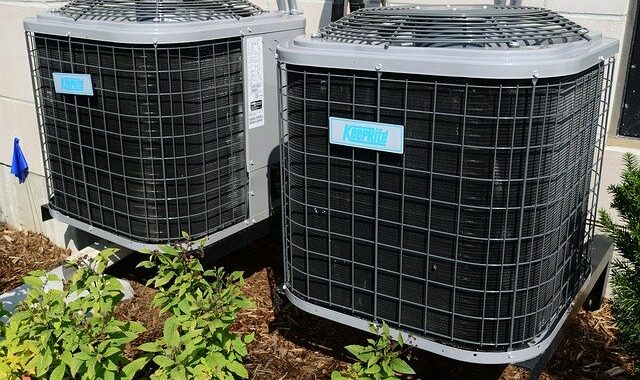GUARANTEED COMFORT & AFFORDABILITY
Whether you need heating, air conditioning, or indoor air quality services, we have an HVAC contractor ready to handle the job.
Working Hours : Monday to Friday (7am - 5pm)

Up-to-date and efficient HVAC service is a huge attraction when you’re advertising rental property. The quality of your HVAC equipment is one of the main things tenants look at before renting. But just as your HVAC can help you find good tenants, it can also be the source of endless conflict with tenants. This will happen if you don’t outline your own and the tenant’s HVAC responsibilities from the get-go.
Emergencies with the HVAC system can make a rental unlivable and invalidate the implied warranty of habitability you gave to your tenants. Common HVAC problems such as refrigerant leaks, other kinds of leaks, thermostat malfunctions, blocked filters, and ignition issues all provide valid grounds for tenants to initiate legal action. This is at least one reason to take HVAC maintenance seriously.
How should you assign responsibility for HVAC service and maintenance in a rental? Should you take complete responsibility, should you let tenants handle it, or should you look for a middle ground where you and the tenants share responsibility? These are the basic methods for allocating responsibility for HVAC maintenance in a rental and each comes with its specific problems.
The following are the models for HVAC maintenance in a rental. They address both ownership of the HVAC systems and financial responsibility for their service and maintenance.
n this model, the landlord owns the system and takes care of its maintenance. The tenants do not have to worry about HVAC maintenance because the cost is often bundled with the monthly rental or a service charge. This is the simplest model, and usually the best in a building where more than one tenant uses the systems. But it does present some problems:
In this model, the tenant owns and maintains the HVAC system without any input from the landlord. Naturally, many landlords prefer this arrangement since it puts all the responsibility in the tenant’s hands. Some tenants like it because they have full power to manage the HVAC as they please. This model is mostly used in commercial buildings, but it has its challenges:
From a landlord’s perspective, this is probably the most problematic model. With this method, the landlord provides the HVAC equipment, but the tenant maintains them. The landlord retains ownership of the systems, while the tenant is responsible for keeping them in good working order. The problems with this model are:
This is the most common and easily the most favorable arrangement for both landlords and tenants. There are two ways this model operates:
What is the best model for your rental property? That will depend on the specifics of the building, the kind of rental you are operating, and the types of tenants you have. But before you make a decision on which model to use, think of these:
Also, regardless of which model you choose, the below rules should always be considered:
Just contact the team at Peak Home Performance today to get started!
Leave a Reply